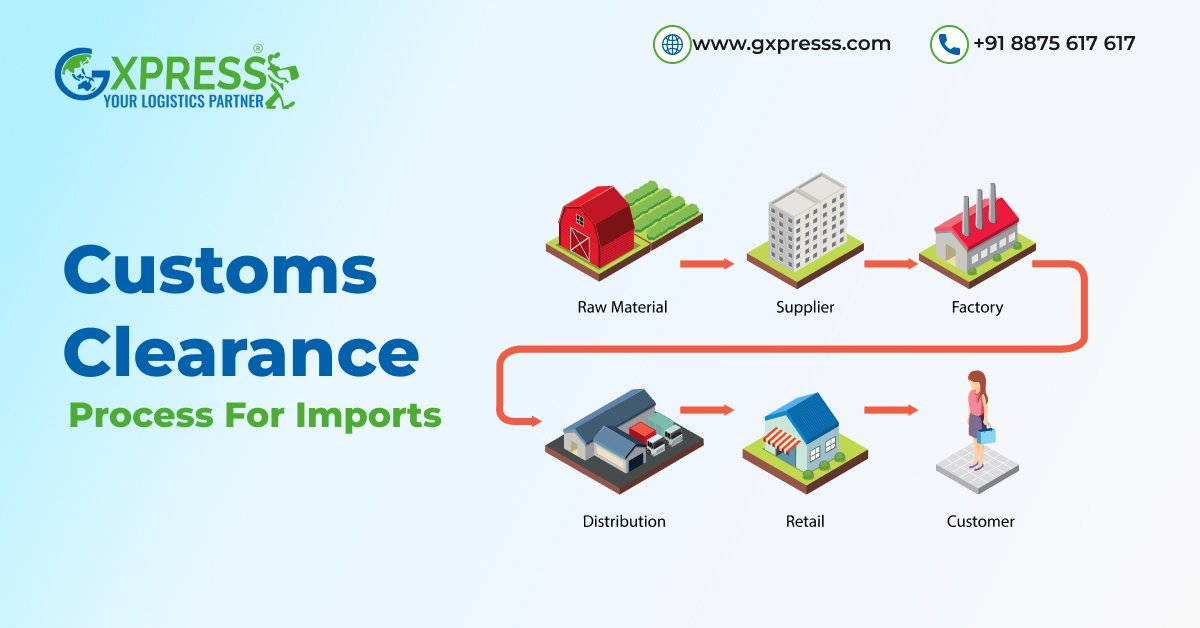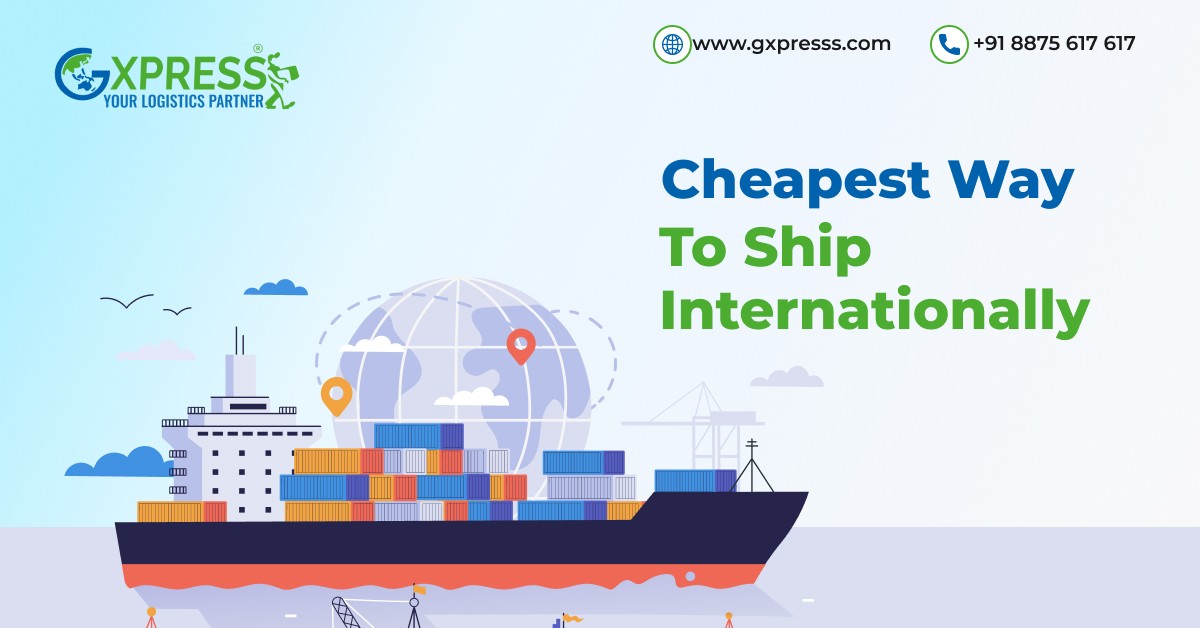June 27, 2025Freight8 min readBy Admin
Strategic Transportation Planning in Modern Supply Chain Management

The modes of transportation in supply chain management affect deliveries a lot more than they get credit for. Imagine ordering a laptop online. You click, pay, and wait. Two days later, it arrives. Magic? No, only the power of strategic logistics planning. Behind that package delivery lies a whole world of careful decision-making.
Getting products from Point A to Point B is not the problem anymore; in fact, even international deliveries are easy to do now. But the intricacies of planning, routing, and scheduling are what present as complications. Time-sensitive deliveries, expensive or bulk items, and temperature-responsive goods are probably some of the biggest challenges.
Let’s look into the strategies of transportation planning in modern supply chain management.

What Role Do The Modes Of Transportation In Supply Chain Management Play?
Transport is the core of the supply chain. It joins suppliers to makers, makers to transporters, and transporters to buyers. It spans across lands, powers economies, and sets how fast (and at what price) items get to where they need to be. Transportation planning affects:- Inventory levels (fast delivery means you can stock less)
- Customer satisfaction (on-time delivery builds trust)
- Cost efficiency (route optimization saves money)
- Going green (the more earth-friendly, the better for all)
Modes of Transportation in Supply Chain Management
Let's look at the main parts of transportation in supply chain management: each one has its own style, plus points, and downsides.1. Road Transportation
Road transport uses trucks, small and big, to move items on roads.Benefits
- It can go from one door to the next, giving flexibility.
- Quick for short to medium distances.
Drawbacks
- It can be slowed by traffic, weather, and road conditions.
- Costs more per item than rail or sea for far trips.
- Bigger harm to the environment (more fuel, more smoke).
Use Case
- Taking clothes from a close storehouse to shops in the town.
2. Rail Transportation
Rail transport uses trains to move large volumes of goods across land via railway tracks.Benefits
- Cost-effective for bulk or heavy goods
- Better for the earth than trucks
- On time a lot, and not much held up by bad weather
Drawbacks
- Can't go right to your door.
- Need more rides at start and end points (often road).
- Not as free to pick times and paths.
Use Case
- Moving stuff such as coal or steel from a dig site to a place where things are made.
3. Air Transportation
Air cargo management, air freight, and the global supply chain mean moving things using planes, mostly big cargo planes.Benefits
- It's the quickest way to ship.
- Great for costly or spoil-quick goods.
- Global reach.
Drawbacks
- Very expensive compared to other modes.
- Limited cargo size and weight.
- Subject to delays due to weather or security protocols.
Use Case
Shipping luxury watches from Switzerland to the U.S. in time for a product launch.4. Sea Transportation
The ocean freight supply chain moves large things across the sea or along coastlines.Benefits
- Cheapest when moving a lot of big and heavy things.
- Suitable for international trade.
- Environmentally efficient for volume transport.
Drawbacks
- Takes a long time.
- Not great for things that need to stay fresh or need quick shipping.
- Can face issues with busy ports, theft at sea, and bad weather.
Use Case
Bringing huge machinery from a big power plant in China to sellers in Europe.5. Intermodal or Multimodal Transportation
These plans use two or more shipping modes to move things in one trip.Benefits
- Saves money and works well for trips that are far.
- Reduces handling and damage risk.
- Puts together the good parts of different ways (like speed of flying + saving money by driving).
Drawbacks
- Complex coordination.
- Delays in one mode affect the entire chain.
- Requires strong infrastructure and tech integration.
Use Case
Phones are flown from Korea to India, then driven to stores all over the place.
What to Consider When Choosing a Transportation Mode
Every company deals with its own tough parts and key needs. Picking the right way to move stuff means thinking about:1. Speed vs. Cost
Do you want it quick or cheap? Flying is faster, while ships cost less. Pick smart.2. Kind of Goods
Things that break easily, go bad, or could be risky to transport might need to be handled with care or sent faster.3. Distance & Geography
A local delivery may not need anything beyond road transport. For overseas, air or sea is a must.4. Volume & Weight
Large, heavy shipments favor rail or sea. Lightweight, high-value items are air-bound.5. Customer Expectations
In today's world, with promises of next-day arrival, the need to be fast is true.6. Aiming for Less Harm
Does your firm care about being green? Think about using trains or mixing ways to lower harm.7. Safe Keeping
Troubles like fights, storms, or walk-offs—some paths and ways get hit more than others.8. What's There to Use
Does your destination have the facilities to support air freight or rail? Sometimes, the road is the only option.Conclusion
By choosing the right modes of transportation in supply chain management, companies can get ahead. It's not just about taking things from one place to another—it's about doing it in a smart, carbon-less, and quick way. In a time when people want things now and the world trades more, companies that think about how they move things aren't just sending items. They're keeping their word. And behind every promise well kept is a path well picked, a way of moving that was chosen with care, and a supply flow that keeps getting better.Frequently Asked Questions
Q1. What are the modes of transport and their role in a supply chain?
We use road, rail, air, sea, and a mix of these modes. Each one helps get goods from sellers to buyers in a good way. Their role is to give the best of: speed, price, distance, and efficiency.Q2. What is the transportation model in supply chain management?
It's a tool to help pick the best path to move goods with the least cost and transit time. It makes sure paths are good, goods are safe, and buyers are happy.Q3. How does transportation work in SCM?
Moving goods in SCM links each part of the path, from getting raw materials to giving out final goods. It deals with picking people to move goods, picking paths, setting up times, and watching goods to make sure they get there safely and on time.Q4. What are the 4 types of transportation in supply chain?
The four main types of transportation in the supply chain are: Road, Rail, Air, and Sea.Q5. What is the process of transportation?
It begins with planning (path, way, cost), then sending off, then the actual trip, and ends with giving and making sure all is right. It might also involve keeping an eye on goods, fixing delays, and taking care of returns.Q6. Which is the fastest mode of transport?
Moving by air is the fastest. It fits best for rushed, costly, or quick-spoiling goods, mainly over far distances.Share this article:



